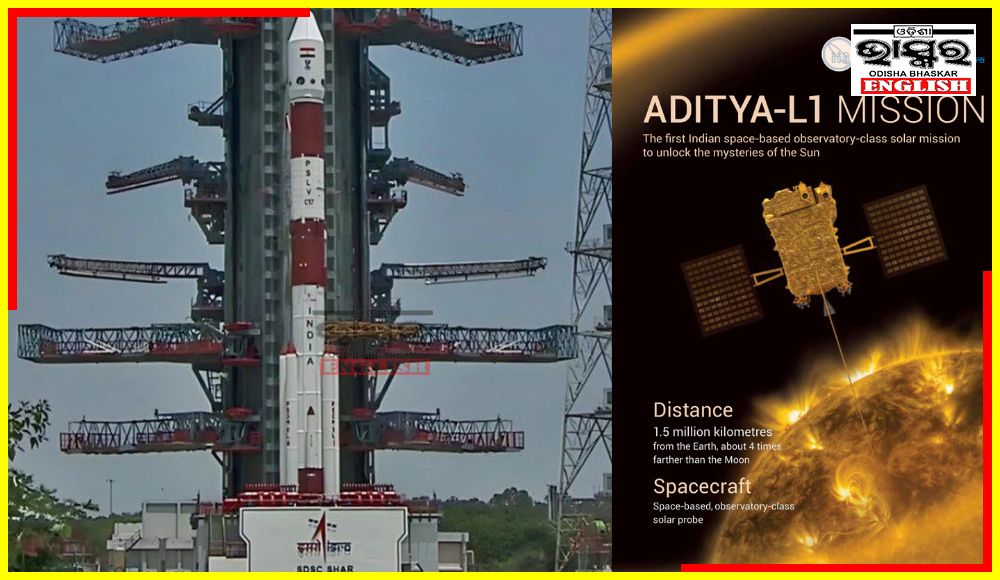Sriharikota: India’s first solar mission Aditya L1 on board a PSLV rocket was launched to space from the Satish Dhawan Space Centre in Sriharikota at 11.50 am on Saturday.
The spacecraft will take up a 125-day voyage towards the Sun.
Aditya L1 is designed to provide remote observations of the solar corona and in situ observations of solar wind.
The Polar Satellite Launch Vehicle will put Aditya-L1 in an elliptical orbit around Earth before it begins its journey to the Lagrangian Point 1 nearly 15 lakh kilometers away from Earth.
It is India’s maiden space-based observatory-class solar mission. The spacecraft is equipped with seven cutting-edge payloads. These payloads encompass an array of electromagnetic and particle detectors, which will scrutinize the Sun’s photosphere, chromosphere, and the outermost layer—the enigmatic corona.
While four of the payloads will provide direct, unobstructed observations of our Sun, the remaining three payloads are engineered to engage in in-situ studies of particles and fields, all from the advantageous perspective of L1.
Aditya-L1 will reach Lagrange Point 1, at a distance of 15 lakh kilometers from Earth. This region offers an unobstructed view of the Sun, giving a constant opportunity for Aditya L1 to look out at its target. It is a point of gravitational equilibrium in the Sun-Earth system. This stable balance allows spacecraft to hover near L1 with minimal energy expenditure.
Monitoring of solar activities from this point can provide early warnings of solar flares, coronal mass ejections (CMEs), and other solar events that can impact Earth’s technology and space environment.




Comments are closed.